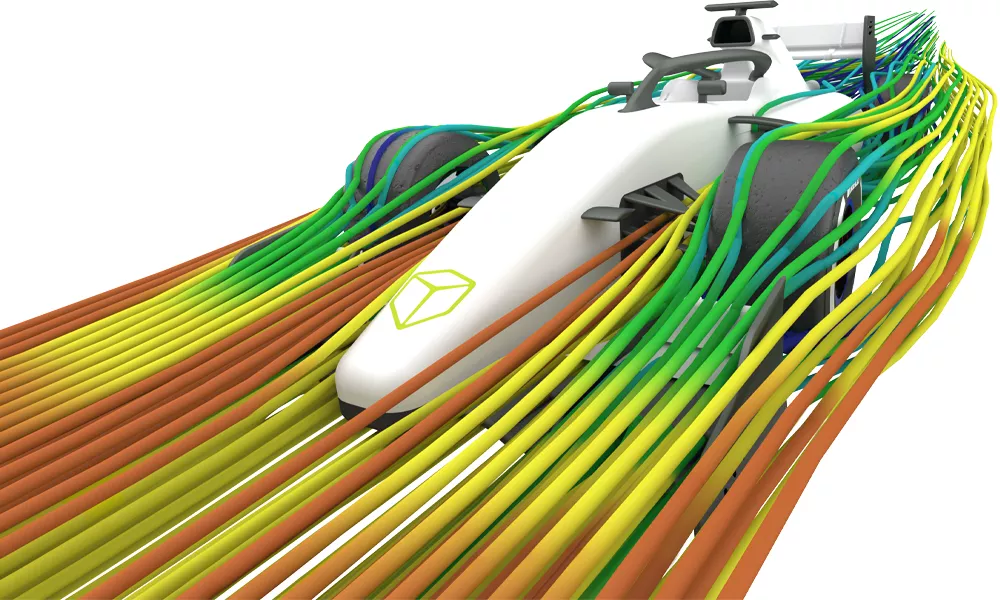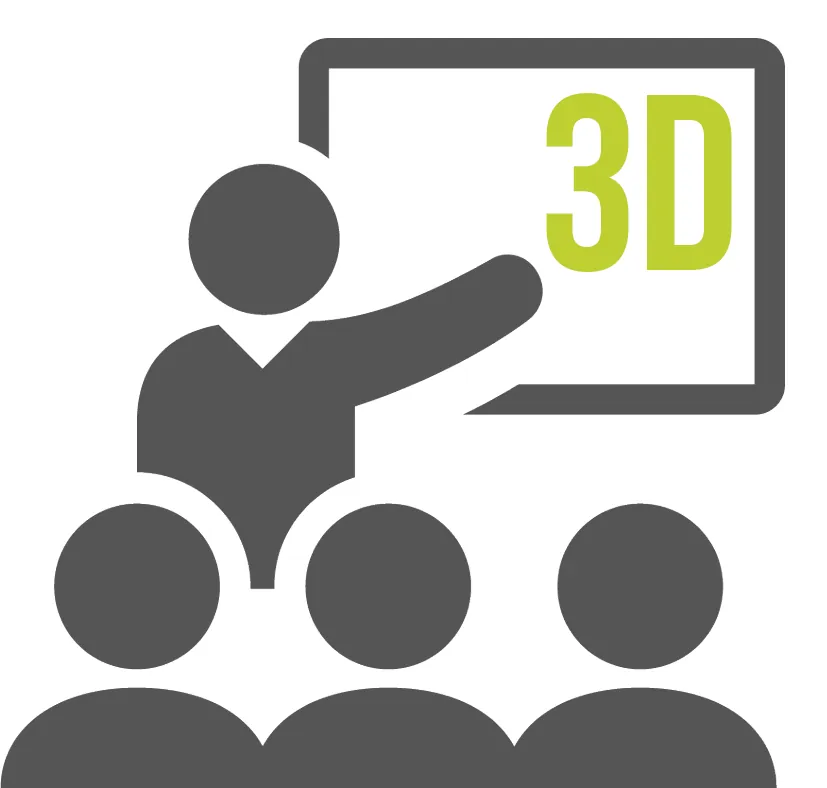Robot Legs
3D Printed Part Information
 Now Serving US & Canada
Now Serving US & Canada

Robot Legs: Ghost Robotics
The robots’ modular design supports the efficient field swapping of any sub-assembly
Key Insights
Problem: High costs, long lead times, and lack of flexibility with traditional manufacturing methods posed challenges for Ghost Robotics in producing lightweight, durable parts for its Spirit™ Series robot.
Solution: 3D printing robotics parts using Programmable PhotoPolymerization (P3) technology with the Origin One printer.
Results: This has eliminated the need for tooling, reduced cost by 80%, and enabled faster design iterations improving performance and accelerating time to market.
The Story
Ghost Robotics™ produces four-legged autonomous unmanned robots with all-terrain stability that can operate in almost any environment. These quadruped robots are size-scalable, ultra-agile, high-endurance and easy to program.
Simple mechanical systems increase the robots’ durability, agility and endurance. The robots’ modular design supports the efficient field swapping of any sub-assembly.
Ghost Robotics needed to produce lightweight, durable parts, with a cosmetic surface finish, for its Spirit™ Series robot.
- The team needed to stay agile, shipping units to customers while maintaining the ability to iterate on the designs based on customers’ feedback.
- Injection molded parts and CNC machined parts were cost-prohibitive, had long lead times, and could not be easily iterated on.
- The company considered other 3D printing methods as a solution, but the parts weren’t isotropic, the mechanical properties weren’t strong enough, and the surface quality was too rough for the parts to be given to customers.
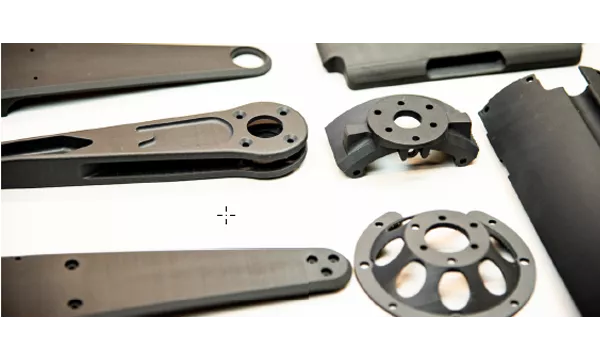
Ghost Robotics searched for a suitable high-end 3D printing solution and found Origin One, leveraging the Programmable PhotoPolymerization (P3) technology and a large material ecosystem to select the right material for the robot’s parts. Henkel’s high-impact material LOCTITE 3172 and ABS-like material LOCTITE 3843 had the optimal mechanical strength, durability, color, surface quality and price point.
Ghost Robotics ordered nine parts per robot, including 3D printed legs, soft toes and side panels. The team did not need to change the original design they had produced for CNC parts, which made swapping from a traditional manufacturing method to a 3D printed technology almost seamless. Fast time-to-part enabled Ghost Robotics to quickly come to a material and manufacturing solution for their parts.
“Now, we can comfortably ship the number of units we have on order, without worrying about immediately tooling something up,” says Ghost Robotics mechanical engineer Gavin Kenneally. “The parts are rugged and robust and look great, like a finished product.”
As Ghost Robotics continues to test the Spirit™ Series robot on different terrain, 3D printing allows them to retain flexibility with the geometry of the robot’s parts. For example, they are considering enlarging the robot’s foot treads, so the part geometry is not 100% set, which isn’t an issue with 3D printing.
The Stratasys Origin One’s build volume, high throughput, material availability, and low per-part cost make it an obvious choice for robotics components that would typically be machined. 3D printing robotics parts on a Stratasys Origin One eliminates the need for tooling, reduces cost by 80%, allowing for fast design iterations that improve performance and accelerate time to market. As demonstrated on the parts and in the photos, the P3 technology enables exceptional surface quality that can be indistinguishable from an injection molded surface finish.
Summary
Post Processing: Standard solvant wash and UV cure
Additional Post Process: No additional post processing needed
ADDITIONAL 3D Printing RESOURCES
AWARD-WINNING TECHNICAL SUPPORT
GoEngineer’s extensive technical knowledge can assist with your additive manufacturing needs. Our Award winning team is ready to help. Reach out and see why GoEngineer is the #1 reseller of SOLIDWORKS and Stratasys systems in the world!
3D Printing Courses
Learn to utilize all features and tools of Stratasys commercial 3D printers with GoEngineer additive manufacturing on-boarding training and 3D printing courses. Take advantage of our 3D printing team of experts to help launch all your 3D printing capabilities.
3D PrintING SERVICES
No matter the size, quantity, or complexity of part(s) needed, GoEngineer can help you! Take advantage of our 3D Printing Services to help your organization produce the best parts and prototypes available on the market.
Additional Resources
Take Advantage of GoEngineer’s Extensive Knowledge Base and Resources

Find a Solution
Our robust Knowledge Base contains over 12,000 resources to help answer your product design questions. From basic CAD questions to in-depth guides and tutorials, find your solution here. Find a Solution

PROFESSIONAL TRAINING
Improve your skills with professional training and certifications in SOLIDWORKS, CAM, 3D Printing, and 3D Scanning offered four ways: self-paced, online, on-site, or in-classroom. Certified Training Courses

BLOG
#1 Technical Resource Worldwide - Right at your fingertips. Search or browse through hundreds of SOLIDWORKS tips & tricks, additive manufacturing product developments, announcements, how-to guides, and tutorials. Blog

YouTube Channel
Our YouTube channel hosts hundreds of educational tutorials, product demonstrations, recorded webinars, and best practices for all of our products and services. GoEngineer's YouTube Channel
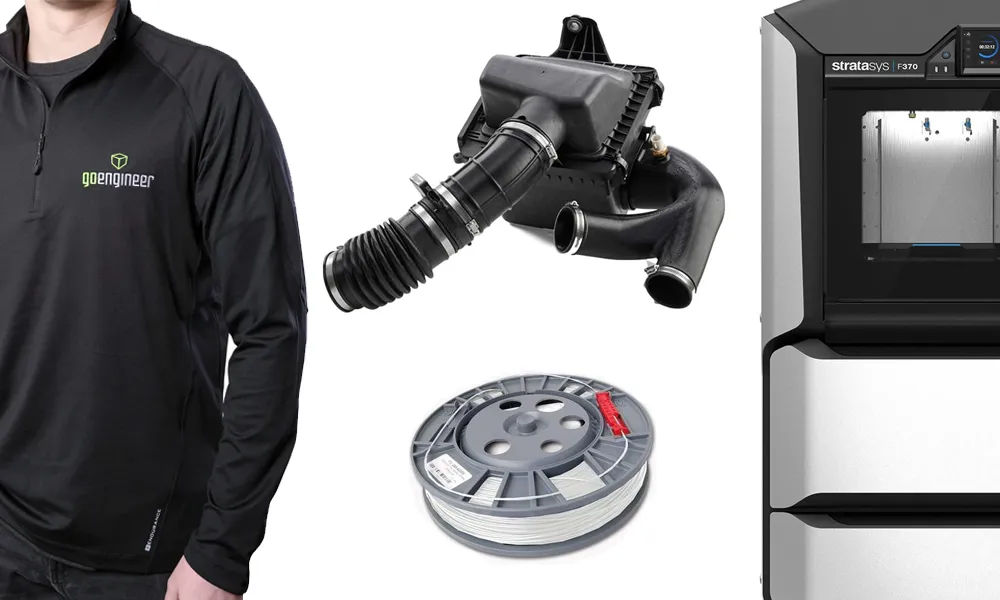
ONLINE STORE
Order 3D printing materials and consumables, enroll in SOLIDWORKS training classes, and buy official GoEngineer gear directly from our online store. Online Store
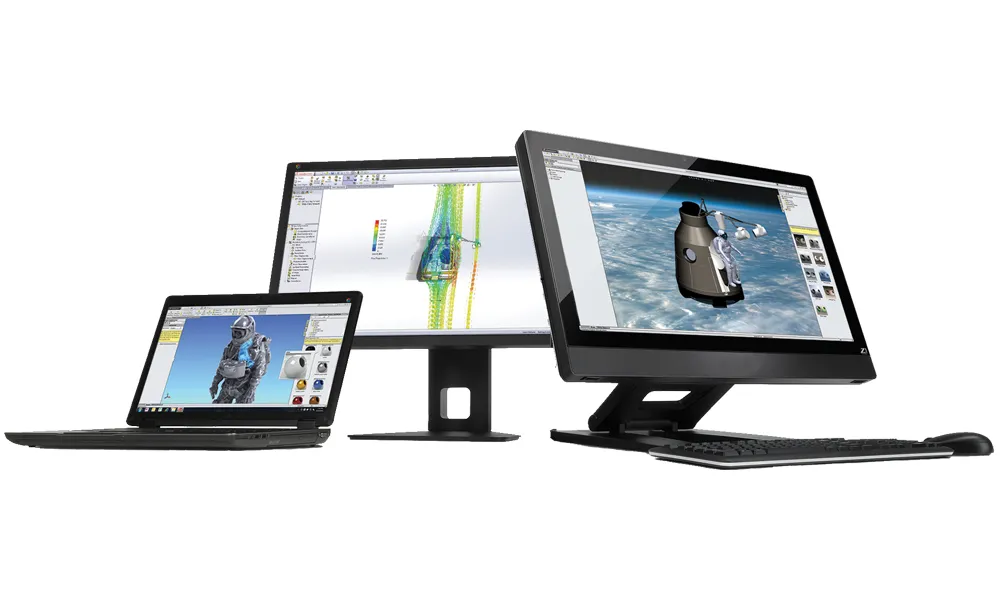
WEBINARS
Our engineering webinars are hosted by some of the top experts in the industry. They are always recorded, always free, and always offer a live Q&A. WEBINARS
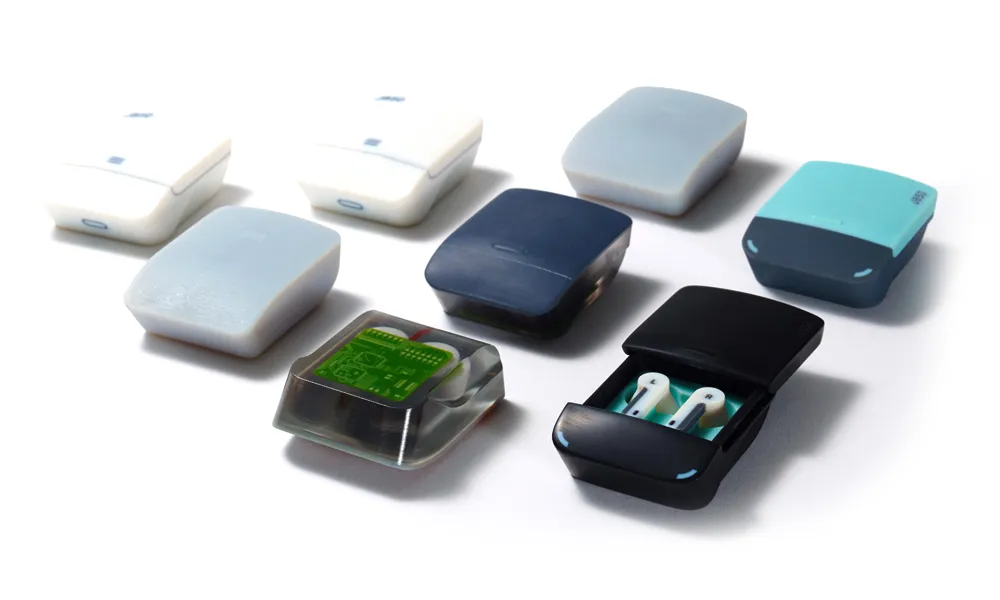
3D Printing Services
Need to 3D print a part? Our Additive Manufacturing experts will 3D print your part and deliver it to you using the latest technology on one of our professional FDM, PolyJet and SL 3D printers. 3D Printing Services
